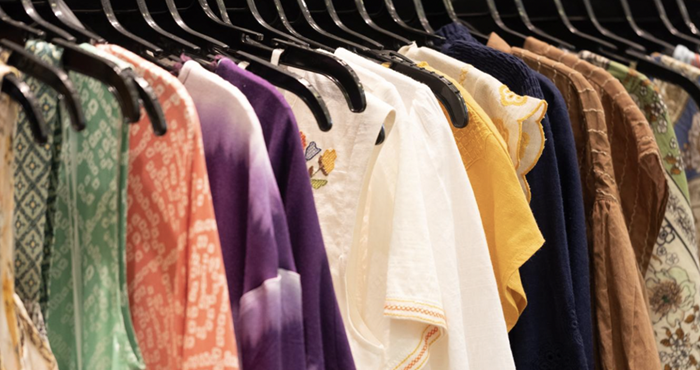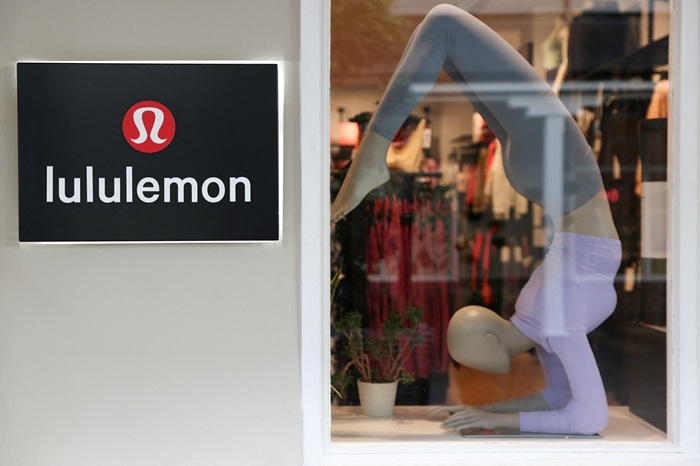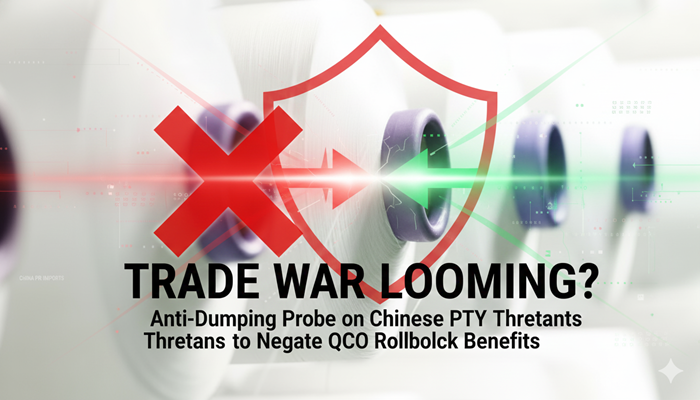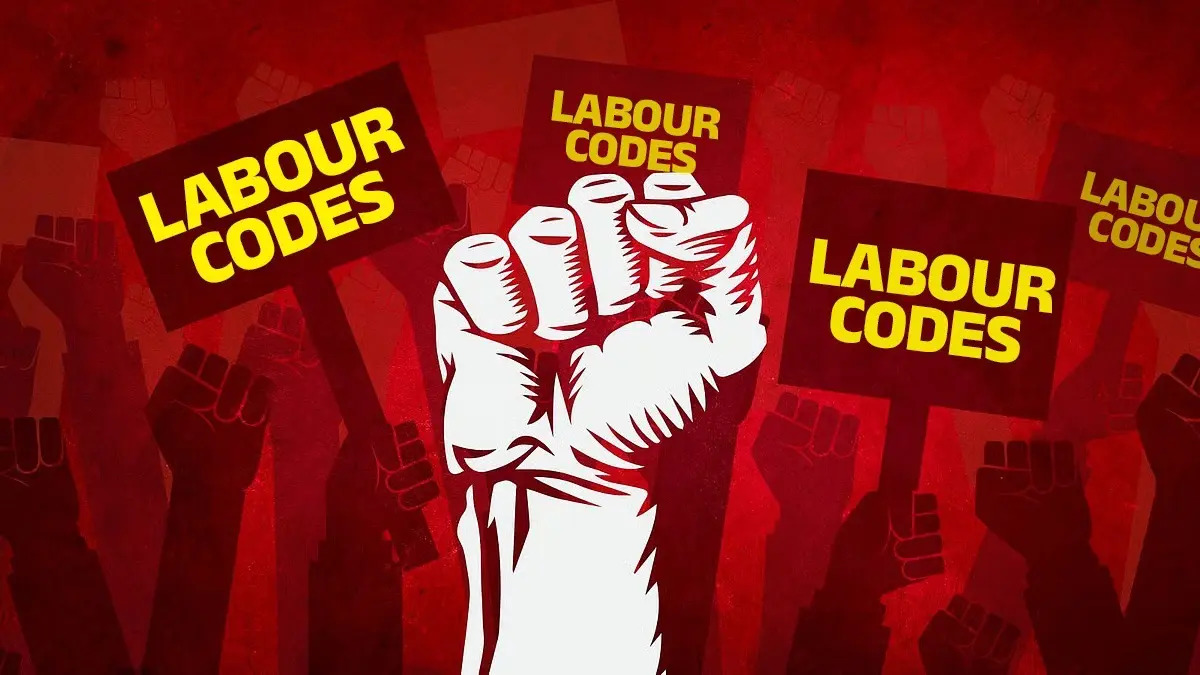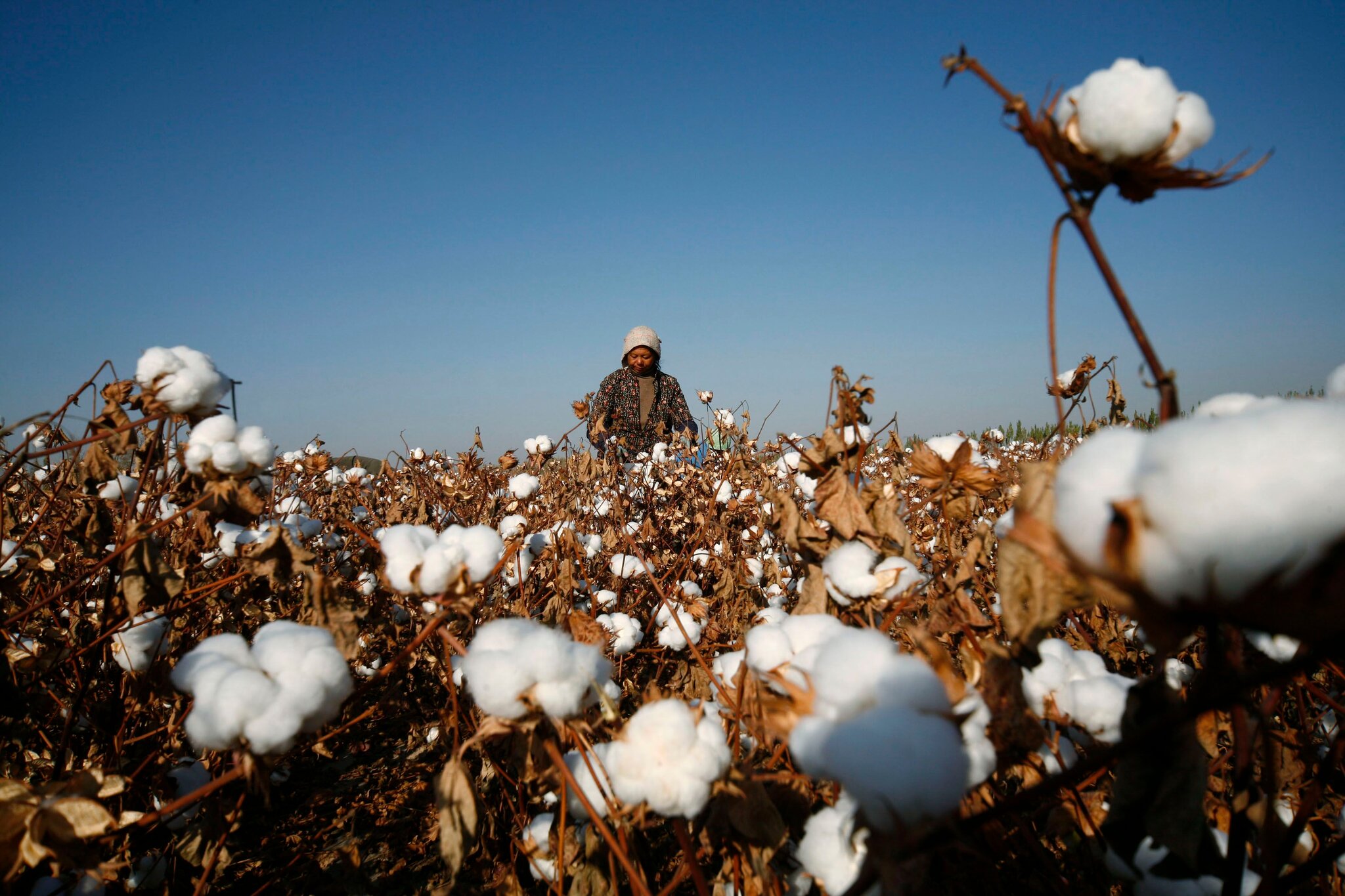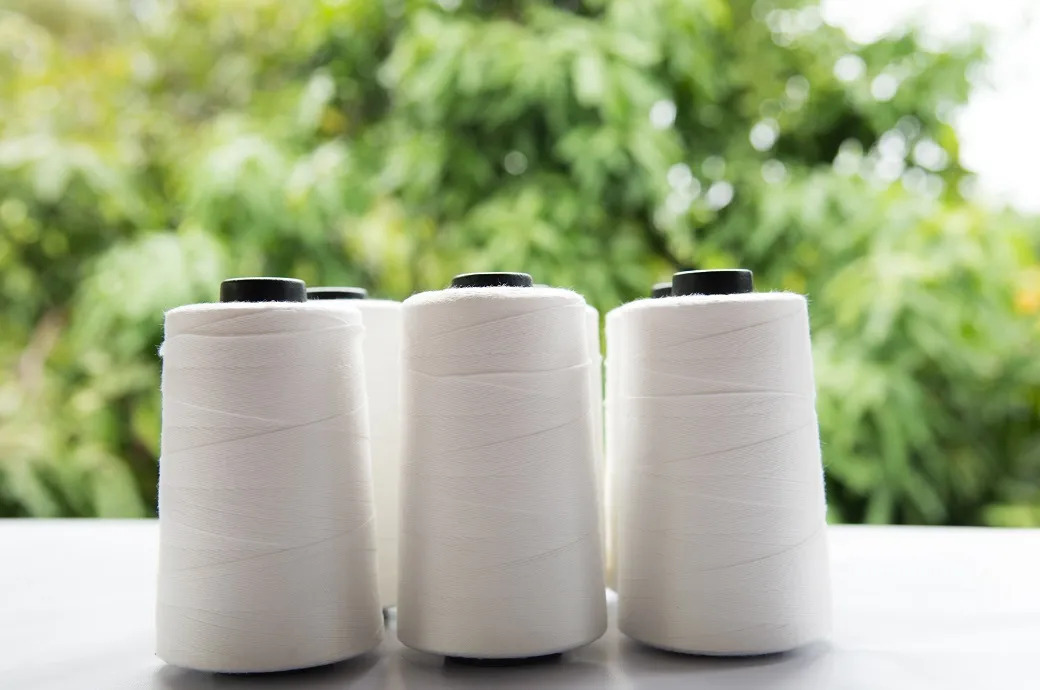
The US textile industry, a significant contributor to the national economy, faces a complex mix of challenges. The industry employs 471,000 workers and generates $64 billion in annual output. It is a key supplier to the US military, providing over 8,000 products, and is a source of high-tech innovation for sectors ranging from healthcare to aerospace.
However, the industry has been facing numerous challenges, including economic downturns, unfair trade practices like forced labor, ill-conceived trade policies, inadequate customs enforcement, post-pandemic inventory issues, and freight and logistics challenges. These factors have hindered growth and investment, leading to a downturn in business over the past three years.Despite these challenges, the textile industry has shown resilience. In 2024, the value of US man-made fiber, textile, and apparel shipments was estimated at $63.9 billion.
Table: Value of US textile shipments
|
Category |
Value of shipments (2024) |
|
Textile Mills |
$25.0 bn |
|
Textile Products |
$23.6 bn |
|
Apparel |
$9.8 bn |
|
Man-made Fibers |
$5.5 bn |
Source: U.S. Census Bureau
The US has a strong position in the global textile market. Export of fibers, textiles, and apparel were $28 billion in 2024. It is the second-largest individual country exporter of textile-related products in the world
Table: Export by category and region (value in billion)
|
Export Category |
Value (bn) |
|
Cotton, Wool, Hair |
$5.0 |
|
Yarns |
$4.0 |
|
Fabrics |
$8.0 |
|
Home Furnishings etc. |
$3.9 |
|
Apparel |
$7.1 |
|
Exports by region |
|
|
Region |
Value (bn) |
|
USMCA |
$12.2 |
|
CAFTA DR |
$3.0 |
|
Asia |
$2.8 |
|
Europe |
$2.1 |
|
Other Regions |
$2.8 |
Source: U.S. Department of Commerce
The top export markets for US fibers including cotton fibers are Mexico at $36 billion followed by China at 1.9 billion. Canada, Honduras and Pakistan are the other three in the top five list.
Challenges and the way out
To address the various challenges the sector is facing, the National Council of Textile Organizations (NCTO) and industry leaders have launched an aggressive lobbying campaign, advocating for policies to support the industry.
On major policy they are looking for is customs enforcement. The industry is pushing for robust enforcement of free trade agreement rules, closing the de minimis loophole, and fully enforcing the Uyghur Forced Labor Prevention Act (UFLPA) to combat import fraud and circumvention of trade laws. In fact, NCTO is leading a coalition to close the de minimis loophole, which allows low-value shipments to enter the country duty-free, creating an unfair advantage for foreign competitors.
NCTO is also actively involved in advocating the Miscellaneous Tariff Bill, expansion of the Berry Amendment (which requires the Department of Defense to purchase 100 per cent US-made textiles and clothing), full enforcement of the Make PPE in America Act, and increased tariffs on finished textile and apparel imports from China.
Looking ahead, the US textile industry anticipates the challenges to continue but remains optimistic about its future. The industry is focused on working with policymakers to enact supportive measures, strengthening partnerships with Western Hemisphere trading partners, and combating illegal trade practices.


